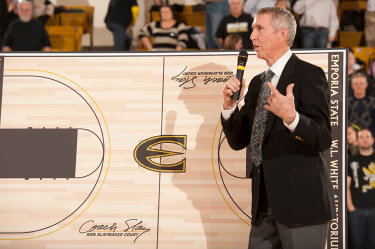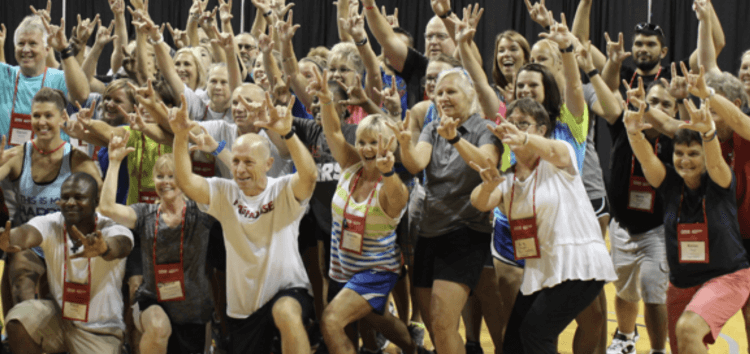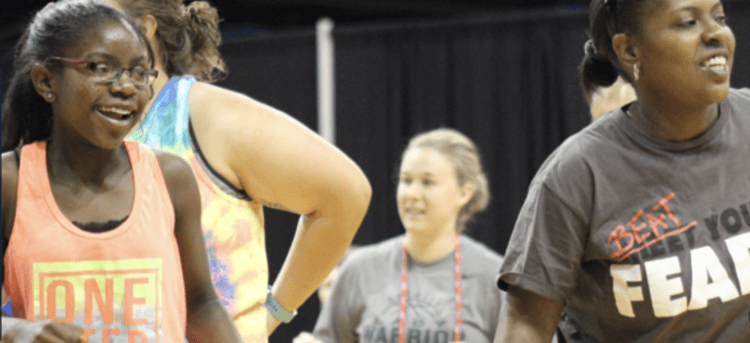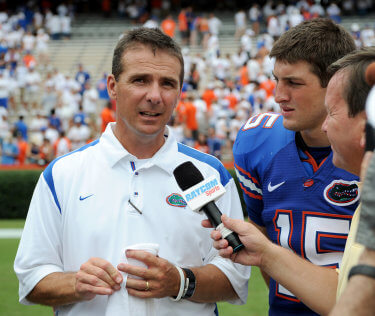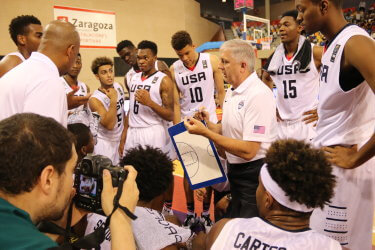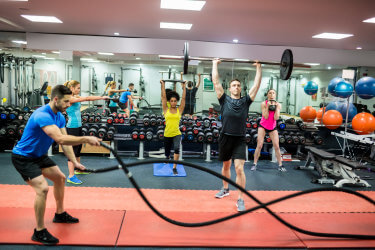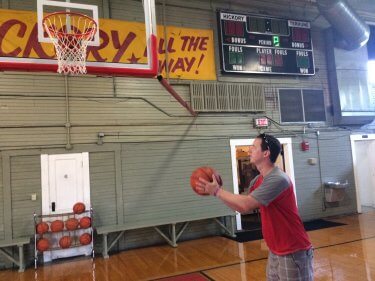Introduction
A sport practice is confined to a specific moment, shared by a particular group of people, all pursuing a common goal. The types of drills (i.e. skill development), strategy (i.e. competition preparation), and conditioning (i.e. physical and mental training) are determined by the type of sport and the level of competition. Coaches are the orchestrators and key ingredients to an effective practice. They plan the activities, serve as the lead teachers, and motivate athletes to come together as a team.
The basic elements for effective practices can be developed and nurtured by coaches of all levels (i.e. youth, high school, college, professional). In this article, four key elements for developing an effective practice are discussed: 1) establishing standards of performance, 2) designing activities with a purpose, 3) creating a safe learning environment, and 4) communicating clearly. An example of all (4) elements in action is also provided.
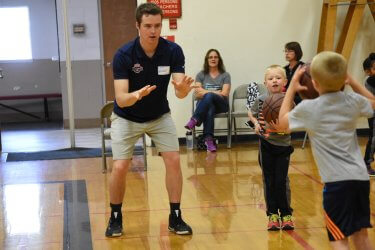
Establishing Standards of Performance
An effective practice session is built on a culture of high expectations, centered around standards of performance. A standard is a measurable objective that pushes athletes to rise to a higher level of performance. If a tennis coach requires an athlete to demonstrate competence in where they place a specific number of serves, they have established a standard of performance in executing a particular skill. When a volleyball coach demands that all players wear team assigned practice gear each day, a standard of performance aligned around team unity is created. The performance standards a coach establishes are based on the coach’s values. The values of the coach originate from their personal background, previous athletic experience, and development as coach.
